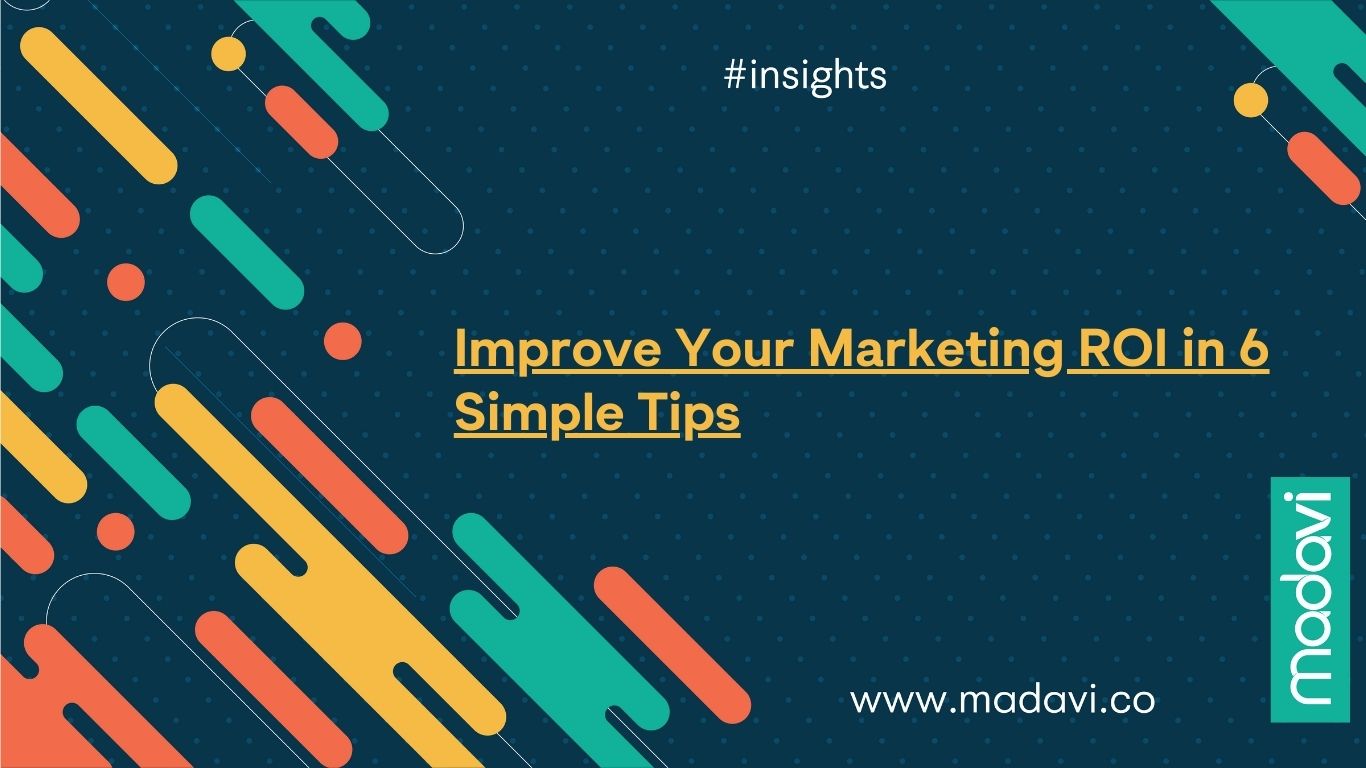Table of Contents
Before diving into explaining what a marketing ROI (return on investment) is and identifying some tips you can use to boost yours, perhaps it is essential to remind you of the fundamental goal of marketing. The primary goal of any marketing effort is to help a business successfully acquire and grow its customer base for increased revenue. Businesses achieve this marketing goal by creatively and constantly communicating the benefits of the services or products they offer.
From this perspective alone, it is possible to decipher that businesses expect a return on investment to consider their marketing efforts a success. The marketing goals that are usually identified in the marketing strategy all contribute to the grand goal of earning a good return on investment.
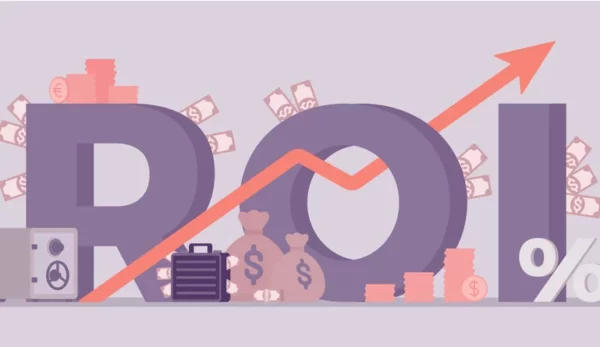
What is a Marketing ROI?
When developing a marketing strategy, setting goals is the foundational step that ensures the next steps followed achieve the desired results. One goal that commonly emerges is that of expanding the bottom line of the business that is investing its resources in the marketing process, which would lead to a good ROI if achieved.
Therefore, a marketing ROI refers to the financial gain or loss to a business after investing in marketing efforts. A better way to put this dynamic of marketing is that the practice has shifted from a spray and pray approach to a planned, tracked, and targeted approach.
A marketing ROI is also critical to achieve because businesses spend a lot of money implementing a marketing strategy. There is usually a significant budget allocated to marketing due to the expectation that the return on investment would be significant.
According to a graphical report presented by Hubspot based on a survey conducted by Deloitte, in 2023, marketing takes up to 13.6% of company’s total budget, up from 3.9% recorded in 2020.
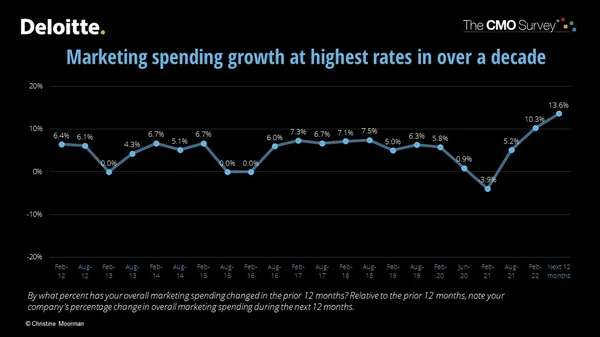
How to Measure Marketing ROI
The only way to know that your marketing strategy has a good return on investment is by measuring it. Hubspot even suggests a formula for calculating marketing ROI:
Calculating this number accurately requires you to identify each of the elements identified in the formula, which can be intimidating if you are bad at math.
However, there are various strategies to use to successfully monitor your marketing ROI. In the wake of technological advancements, there is a wide pool of tools you can use to monitor your marketing ROI metrics.
Such include Google Analytics, Cyfe, MarketingCloudFX, Semrush, Hubspot, and Hotjar, among others. These tools will not only help you calculate the marketing ROI formula, but also show you specific metrics you need to focus on or revamp for a good return on investment. Some of the main functions these tools perform that boost your marketing strategy are tracking backlinks, monitoring ad campaigns, monitoring keywords, and spying on competition.
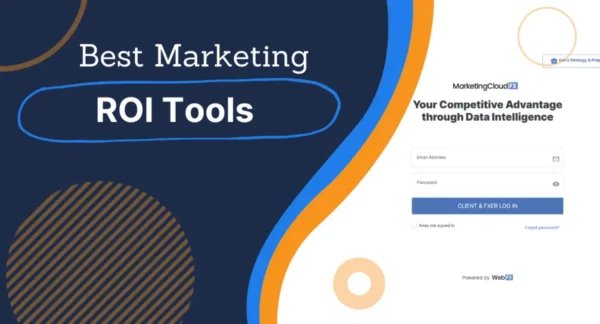
As a result, you can monitor the performance of your marketing efforts and adjust accordingly for desirable outcomes. You need to know how to use these tools well by integrating a few tips to ensure everything is aligned with your marketing budget and goals.
Tips to Increase Your Marketing ROI
- Create ROI Goals
Setting marketing ROI goals is the only way to know if your efforts are paying off. These goals act as a measuring scale to inform you how your campaigns are performing for proper adjustments and maximum effect.
For this reason, you have to outline your marketing ROI goals clearly. Simply put, setting goals involves determining where your business is and where you want it to be after implementing your marketing strategy. The rule of thumb in developing any goal is to develop SMART (specific, measurable, achievable, relevant, and timebound) goals.
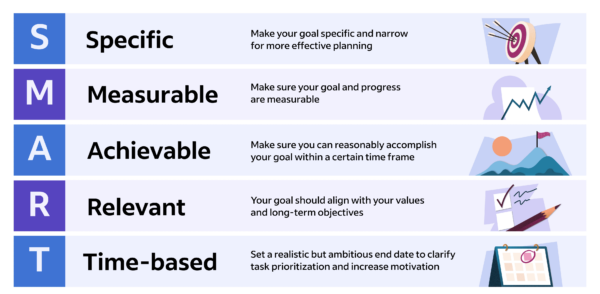
For example, concerning the specific element of SMART goals, if your objective is to acquire new customers, it is specific. After that, you should have measurable metrics, such as stating that you want to increase the number of customers by 15%. This metric should also be achievable depending on your analysis. The goal should also be relevant to your overall business goals.
Lastly, your marketing ROI goal should be time-bound. You could decide that you want to achieve the stated number of customers in a specific time frame. You may set a time frame of 3 months, which will allow you to monitor how close you are to the goal of increasing the number of your customers and evaluate the outcomes of your efforts for proper adjustments.
- Make an ROI Tracking Plan
Again, it is important to mention that marketing has since moved from the spray-and-pray approach to a strategy that must be carefully integrated and tracked to ensure efficiency. Many businesses fail in this aspect. According to Semrush, 65% of marketers cannot tell the impact of their marketing efforts quantitatively.
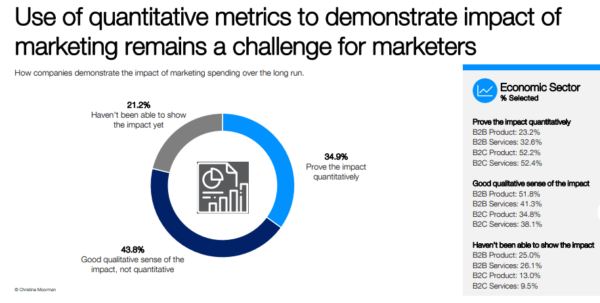
To know how well you are moving toward achieving the marketing ROI goals you have set, you need a tracking plan. Remember, there are numerous tools to help you with this process. This is a best practice because you will make needed adjustments depending on what the marketing ROI metrics or tools tell you.
Some metrics to consider are leads, website traffic, and sales, even though the metrics you select should depend on the type of campaign and your goals. Google Analytics is identified as one of the best available ROI marketing tools, but there are numerous other tools to work with in this technology age. Such tools allow you to set the metrics you want to track based on your marketing ROI goals, whether its conversions, leads, or sales.
Paying attention to these dynamics will improve your chances of meeting your marketing ROI goals. Once you have identified all these factors, you can move to the next step or tip for increasing the ROI of your marketing strategy.
- Focus on the Metrics that Matter
By now, you already know that metrics play an important role in earning a good return on investment for your marketing efforts. You ought to ensure that the metrics you use are not just vanity but a reflection of your most important goals.
For example, if you expect your return on investment to be increased sales or revenue and set your marketing ROI goals around it, the most important metrics you may want to track are customer lifetime value, cost per acquisition, and conversion rate.

Customer lifetime value refers to the worth your business gains for as long as the customer remains loyal to your brand. Cost per acquisition, on the other hand, is the cost of getting a new customer. Lastly, a conversion rate is the percentage of site visitors or leads that convert.
This is just an example because your ROI marketing goal can be different. For instance, when the aim is to increase brand awareness, the metrics to focus on would change to social media mentions, referral traffic, and direct traffic. Therefore, your aim should be to ensure the metrics you have chosen are relevant to your goal.
- Set a Realistic Budget
In the Current times, businesses are channelling a significant budget to their marketing strategy. As a result, it is easy for businesses to copy and paste what others are doing without considering their goals and the metrics to track.
Maximizing your marketing ROI requires you to set a realistic budget. According to Forbes, the size of the budget matters but not that much because it should be dependent on various factors. To have a good return on investment, it is essential to remember that every investment involves risks, calling for you to be wise in making the decision.

There is also a recommendation to determine the cost per acquisition for each marketing approach you intend to use, followed by regularly measuring and tracking results for budget adjustments.
Another critical aspect to remember is that if your business is small, you are probably going to have a bigger marketing budget than big and established businesses to boost your return on investment.
- Use Marketing Automation Technology
By 2024, the marketing automation market is expected to hit $6.4 billion. The exponential growth of this market can be attributed to the realization of the significance of these tools by marketers. When you integrate these tools into your marketing strategy, you are likely to maximize your ROI by accomplishing more with less while maintaining utmost efficiency.
For example, email marketing is a type of digital marketing that helps your business target loyal customers at a personalized level. Marketing automation tools help you accomplish this process efficiently and faster by eliminating the need to perform repetitive tasks, thereby saving significant time. Automation technology can accomplish numerous other marketing tasks, including audience segmentation, lead tracking, content personalization, and providing the needed data to help you make better decisions that steer you toward a good marketing ROI.
- Run Experiments Frequently
With marketing automation tools, an appropriate budget, and the selection of the right metrics, you will find it easy to frequently run experiments, which are directly associated with an increase in marketing ROI. This is because you will use the findings of your experiments to tweak and improve your campaigns in a way that leads to remarkable results.
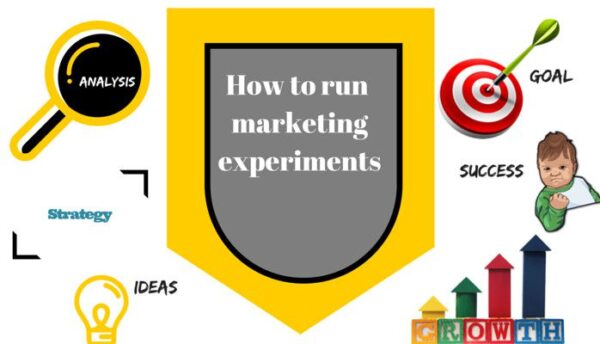
For instance, you can try out new channels to publish your marketing campaigns to determine what works best for your business goals and target audiences. A/B testing is one way to undertake this process because it involves crafting more versions of a piece of content for different users and monitoring which one performs best.
Google Optimize is a good place to start since it is a free tool to do A/B testing and get your performance reports. It is important to mention that without a proper marketing background, these tools can sometimes prove challenging to use. In such a case, you should seek the services of a marketing agency or expert services for efficiency and an increased marketing ROI.
Conclusion
It is expected that every investment you make earns revenue, which is a return on investment. As highlighted in the article, marketing is a significant investment due to its budgetary allocations. Hence, it should have a good return on investment.
However, this is usually not the case, especially when the investment is not done correctly. The good news is that you can use the tips identified above to ensure your investment earns a good marketing ROI.


